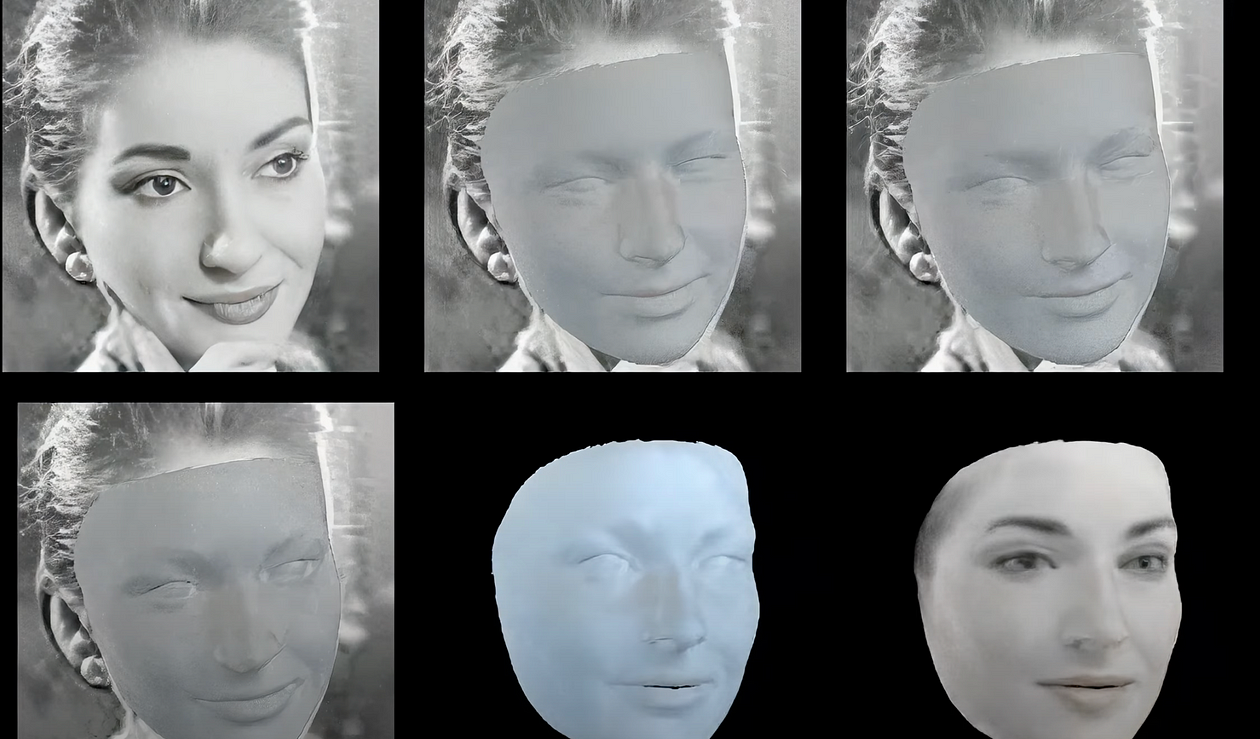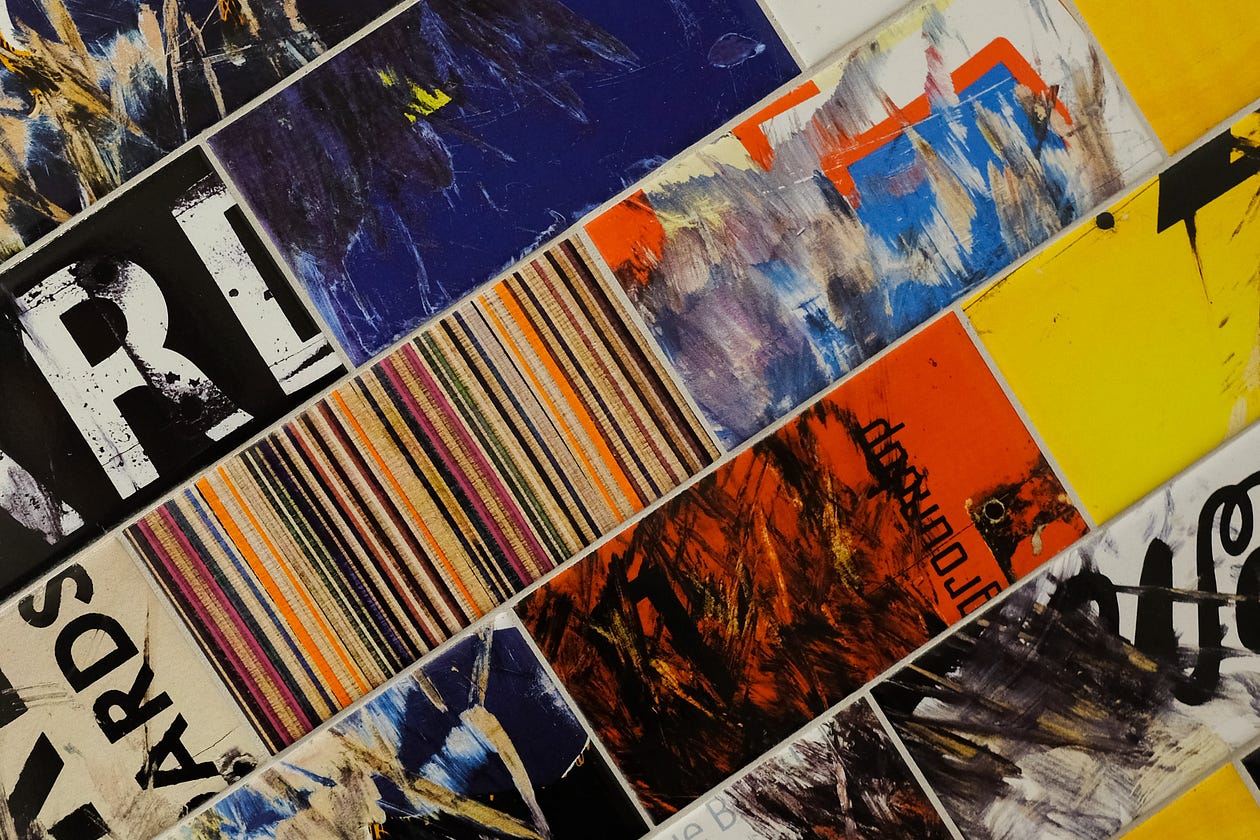Will death and remembrance be virtual or natural?

StoryFile and Hereafter AI are at the forefront of an AI-assisted grieving trend that preserves the digital legacies of the deceased and is changing the way we memorialize the dead. The creation of grief technology avatars or what death technology company Hereafter AI calls ‘legacy avatars’ are created of living people before they die to console the bereaved after they are gone.
Personalized chatbots like Replika had become so convincing to the recently bereaved that when the tech company updated its program a few months ago, it wiped users’ history clean. Many complained that their loved ones had died for a second time and took to Reddit to complain. Replika works like a modern-day version of the Yamaguchi toy trend from the 1980s that required constant ‘feeding’ for the Yamaguchi to evolve. I must admit that I got bored with texting my avatar and preferred to do something more fulfilling with my time but maybe that is because I am no longer in bereavement.
We cling to communication devices, videos, pictures, and objects of the dead to remember and honor them. This legacy creation can occur immediately after death or twenty years after the fact because everyone responds to grief differently. Grief is personal and unique. How we deal with it can push us into positive action or self-destruction.
I was in my twenties when my father died and after the initial shock, I went down a path of self-destruction. My mother died twenty years later and although I was better prepared for her passing, the grief still lingers five years on. Take for instance shopping at my mother’s favorite supermarket. Walking down familiar aisles fills me with dread for the sad emotions that surface from the memories of us shopping together.
Millions of Android iPhone users must arrange their digital afterlife affairs according to leading cybersecurity experts. Users should action a 3-step checklist that includes making a plan, taking a digital inventory, and designating a digital heir. The idea behind Swedish death cleaning has been around longer than AI and helps those living to plan with the head and not the heart when downsizing and to be mindful of the stuff we leave behind for wary relatives.
Americans are looking for a greener way to die with the popularity of greener death companies in Los Angeles and New York, who have moved to legalize human composting. New York is the 6th state to legalize human compositing after an industry grown since Covid when the city ran out of burial plots and brought death to the forefront which exposed bicoastal environmental concerns.
Is there death in the metaverse? Digital architect and designer Mariana Cabugueira envisage death in the metaverse where cemeteries are in the sky with memorial spaces for capsules called Memory Capsule Cemeteries. Thanatologist and founder of the School of American Thanatology, Cole Imperi sees digital spaces that “seamlessly connect the dead to the living.” Cole addresses Thanotechnology, a subset of Thanatology:
“the digital afterlife offers more opportunity for continued bonds with our deceased loved ones and, I believe, also has the greatest opportunity for advancement in how we memorialize and remember our loved ones.”
Incidentally, Sci-fi writer Neal Stephenson coined the term metaverse in 1992.
Ginger Liu is the founder of Ginger Media & Entertainment, a Ph.D. Researcher in artificial intelligence and visual arts media, and an author, journalist, artist, and filmmaker. Listen to the Podcast.







